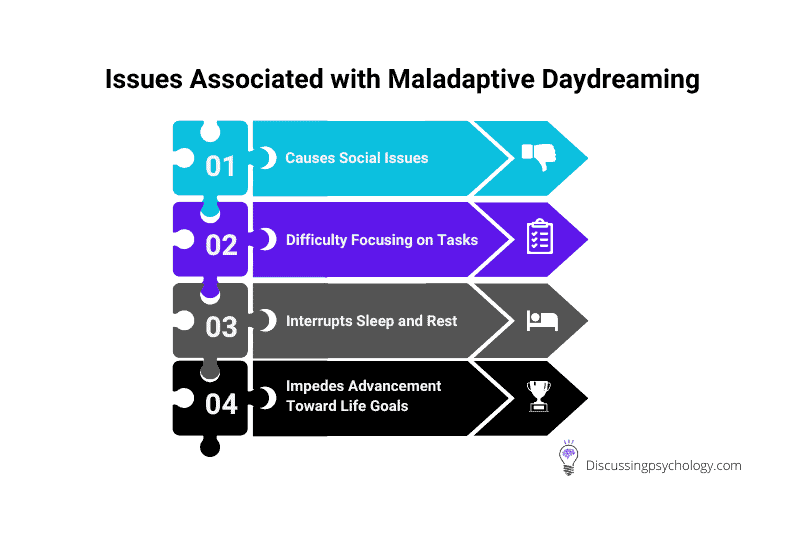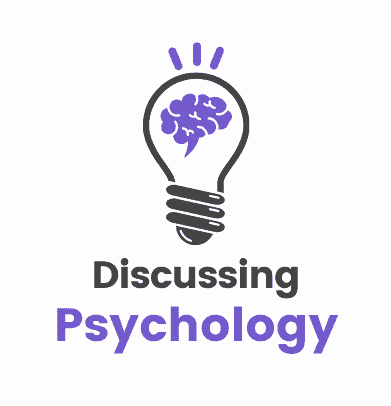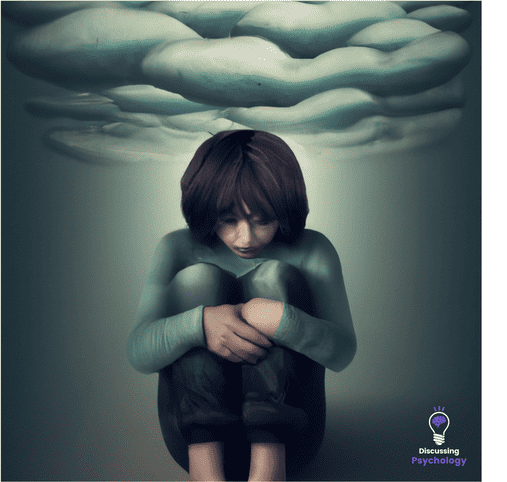Maladaptive daydreamers often devote hours each day to mentally crafting elaborate fantasies, daydreams and complex narratives.
In many cases, this excessive daydreaming detracts from their capacity to concentrate on real-world tasks—which is why many researchers consider maladaptive daydreaming to be an unhealthy condition.
When Does Daydreaming Become a Problem?
Maladaptive daydreaming can be considered bad when it starts to interrupt and cause issues in other areas of your life such as work, relationships and sleep cycle. MD can also cause emotional distress and in extreme cases, prevent you from living a fulfilling life.
While all of us spend time daydreaming on occasion, this is different to the highly detailed fantasies with which some people choose to engage.
This kind of daydreaming typically involves multiple characters and stories which last for years, often revolving around specific fiction genres such as science fiction or fantasy.
While these internal worlds can be enjoyable breaks from reality in the short term, over time, daydreaming can become an addictive behavior that begins to take up more and more of your time.
One study of 340 self-identified maladaptive daydreamers showed that they spend over half of their waking hours (57%) engaged with their fantasies.
These subjects reported experiencing difficulty controlling or limiting the time they spent daydreaming, causing other areas of lives to suffer. Daydreams and the inability to control them was also a real source of distress for many of these people.
4 Reasons Maladaptive Daydreaming Can Be Bad For You

When daydreaming becomes the main focus of your waking hours it can seriously hinder your ability to live a normal, functional life.
Below are four specific ways maladaptive daydreaming can negatively impact your life:
#1 It can damage your real-world relationships.
People with Maladaptive Daydreaming often find that their relationships to their family and friends take a backseat to their imagined lives.
In one study from 2015, several individuals with MD agreed that their daydreaming habits were incompatible with being around other people, requiring them to isolate themselves from others for huge parts of their days.
#2 It causes difficulty concentrating
Spending hours at a time absorbed in daydreams, and having difficulty switching off from them, can undoubtedly make it harder to concentrate.
This can negatively affect your productivity at work and your ability to get things done at home.
Daydreams can also be triggered by real life events and situations, meaning that they can interrupt your chain of thought even when you’re trying not to engage with them.
#3 It can affect your sleep
Research shows a strong link between MD and difficulty sleeping.
Many patients with Maladaptive Daydreaming lie awake daydreaming long into the night, and the inability to switch off from these fantasies can make getting to sleep difficult even if the person wants to.
Lack of sleep can create a downward spiral of symptoms.
Sleep deprivation can cause a reduced ability to focus and control the direction of your thoughts, which leads to increased time spent in daydreaming. This in turn can further hinder your ability to sleep.
#4 It gets in the way of your life goals
Often the biggest reason MD causes distress, and a frequent reason people with the condition seek help, is that it interferes with your important life goals and values.
It’s difficult to prioritize important things in life like family, work and personal projects when you feel compelled to spend so much of your time engaged in fantasies.
However much a person with MD may want to work on the things that really matter, their recurring and uncontrollable urges to spend time daydreaming get in the way.
Can Maladaptive Daydreaming be Treated?
Since MD has only begun to be studied and investigated relatively recently, evidence on effective treatment is limited.
One case study of a 25 year old with Maladaptive Daydreaming showed that a 6-month course of therapy was successful in reducing his time spent in daydreaming by 50%, and in significantly improving his social and work adjustment.
Elements of this treatment program included:
- Motivational interviewing (MI) techniques to help the patient evaluate how his daydreams were impacting his life goals and improving his motivation to stop.
- Keeping a detailed journal to identify and manage possible triggers to daydreaming.
- Sticking to a daily schedule that only allowed for daydreaming at one specific time in the evening.
- Using mindfulness to stay focused on the present.
- Maintaining accountability by informing others about his condition so that they could monitor his treatment and provide encouragement
Since sleep deprivation is linked to increased difficulty controlling daydreams, training to improve sleep quality may help people manage their daydreams more effectively.
The content of maladaptive daydreams often revolves around needs which are not being met in a person’s real life, such as good social relationships, power and recognition.
This is not the case for all people with MD, but for those where it is an issue, teaching coping strategies and methods for improving their social relationships and enjoyment of real life could eliminate the need for daydreaming.
Time to Wake Up?
Everyone spends time daydreaming, and many of us like to imagine fantasies of better lives where we’re loved and appreciated.
But ultimately, excessively engaging in dreams and fantasies won’t help your real life to improve in fact, it can make things much worse by affecting your sleep, ability to concentrate, and relationships to people who really matter.
Treatment for Maladaptive Daydreaming may be an emerging subject, but facing up to the problems your daydreams are causing and committing to try and live in the moment is a crucial first step in taking back your life.
- Bigelsen, J., Lehrfeld, J., Jopp, D., & Somer, E., 2016. Maladaptive daydreaming: Evidence for an under-researched mental health disorder. Consciousness and Cognition, 42, pp.254–266. https://www.sciencedirect.com/science/article/abs/pii/S1053810016300460
- Brennan, D (2021, June 28). What to Know About Excessive Daydreaming. WebMD. https://www.webmd.com/mental-health/what-to-know-excessive-daydreaming
- Ellwood, B. (2022, April 27). Study suggests maladaptive daydreaming should be classified as a unique mental disorder, distinct from ADHD. PsyPost. https://www.psypost.org/2022/04/study-suggests-maladaptive-daydreaming-should-be-classified-as-a-unique-mental-disorder-distinct-from-adhd-63025
- Kandola, A. (2021, April 20). What to know about maladaptive daydreaming. Medical News Today. https://www.medicalnewstoday.com/articles/319400
- Meadows, A. (2022, March 1). Maladaptive Daydreaming. Sleep Foundation. https://www.sleepfoundation.org/mental-health/maladaptive-daydreaming#:~:text=after%20doing%20so.-,Maladaptive%20daydreamers%20may%20spend%204.5%20hours%20of%20their%20day%20distracted,7%20to%20have%20troubled%20sleep.
- Somer, E. (2018). Maladaptive daydreaming: Ontological analysis, treatment rationale; a pilot case report. Frontiers in the Psychotherapy of Trauma and Dissociation, 1, 1–22. https://www.researchgate.net/publication/322152657_Maladaptive_Daydreaming_Ontological_Analysis_Treatment_Rationale_a_Pilot_Case_Report
- Somer, E., Somer, L., &Jopp, D., (2016). Parallel lives: A phenomenological study of the lived experience of maladaptive daydreaming. Journal of Trauma & Dissociation, 17(5), pp.561–576. https://www.researchgate.net/publication/297608041_Parallel_Lives_A_Phenomenological_Study_of_the_Lived_Experience_of_Maladaptive_Daydreaming

